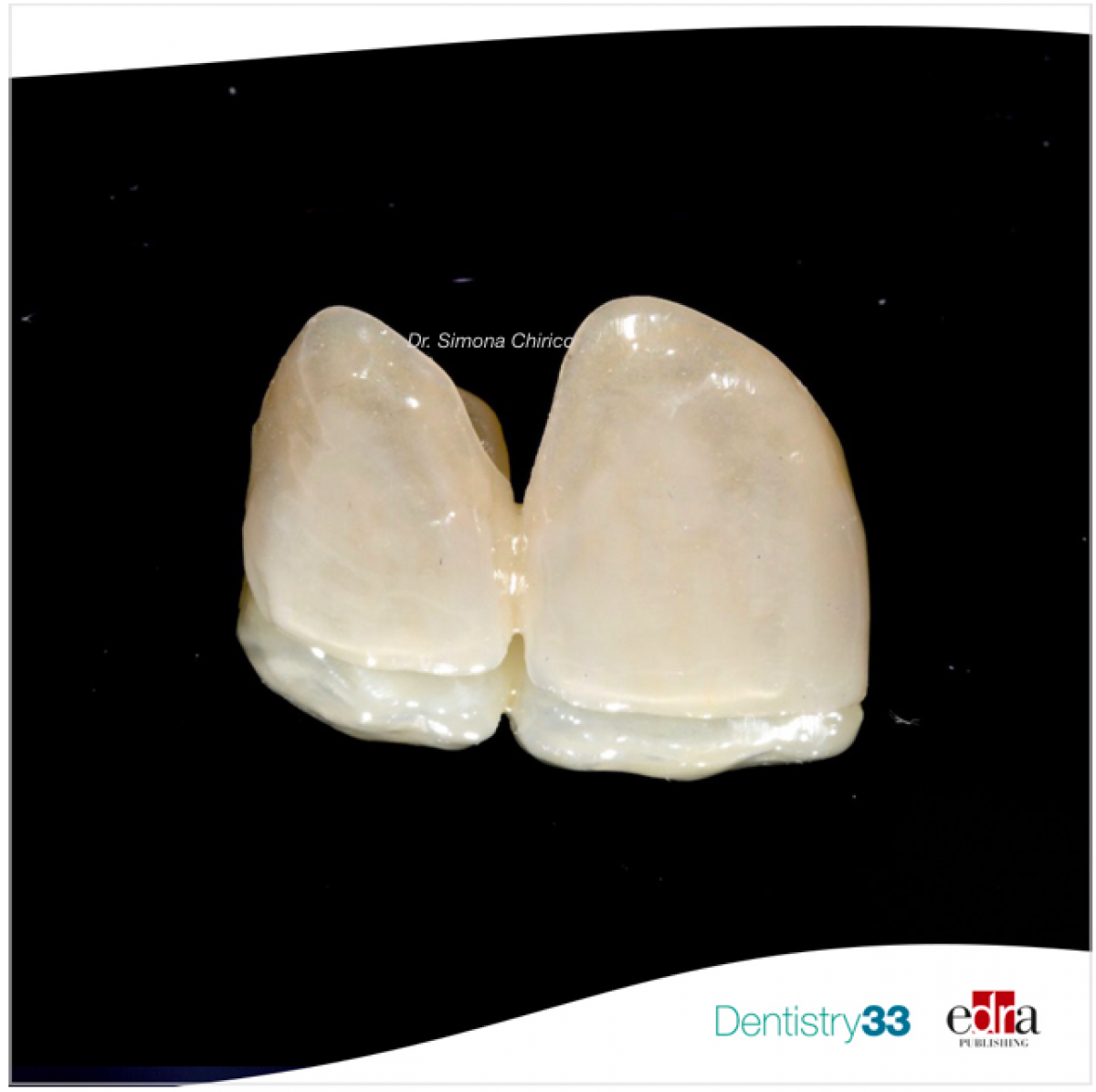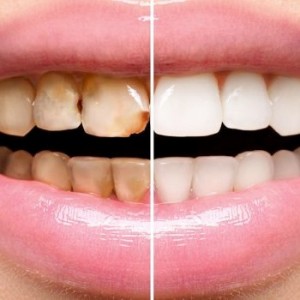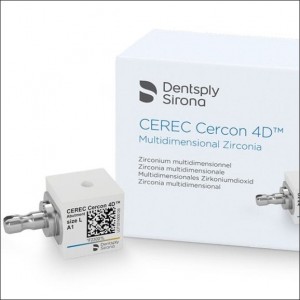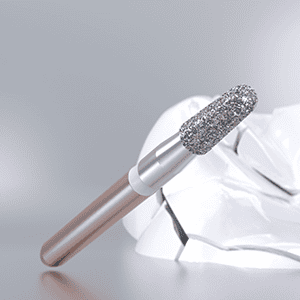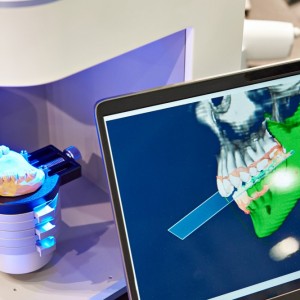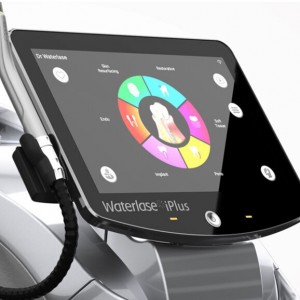
Effect of UV aging in esthetic CAD-CAM materials: in vitro study data
Lara Figini
Increased demand for esthetics of patients and dental professionals has led to generate a large variety of esthetic materials. For clinically successful esthetic restorations, it is essential to combine a proper translucency with an accurate color matching, so a natural appearance can be provided. As materials are exposed to a range of conditions, including UV light, temperature changes, and continuous humidity, aging process simulates the clinical parameters as closely as possible.
Materials and methods
In an in vitro study, published on Journal of Esthetic Restorative Dentistry March 2019, the authors analyzed the translucency values of different types of CAD-CAM ceramic materials after UV aging to assess whether "UV aging" may influence the translucency of these materials over time. 70 specimens (n = 10) of Bruxzir Anterior (BA); E.max Cad (EC); Lava Ultimate (LU); Cerasmart (CE); Vita Enamic (VE); Vita Suprinity (VS); Vita Mark II (VM) were prepared (1 mm ± 0.01 mm). Color measurements were performed using a spectrophotometer (VITA Easyshade). RTP values of the specimens before (RTP1) and after UV aging (RTP2) were evaluated. Statistical analyses were done with repeated measurements of two-way-ANOVA with Bonferroni test (P < 0.05).
From the data of this study, which must be confirmed with other similar studies, it can be concluded that glass ceramic VE showed the highest RTP and zirconia-based BA was the most
 Related articles
Related articles
Kuraray Noritake Dental Inc., a global leader in dental material innovation, today launched KATANA Zirconia ONE For IMPLANT at Dentsply Sirona World (DS World).
Products 22 September 2025
Roland DGA has introduced the ZDB-150D-US 3.0 mm roughing tool, developed specifically for full-arch zirconia applications.
This systematic review aimed to provide an overview of zirconia implants as well as regarding the outcome of the implant-restorative complex in preclinical studies.
Products 01 September 2025
Dentsply Sirona Releases Innovative CAD/CAM Zirconia Block and Abutment Resin Cement
The CEREC Cercon 4D Multidimensional Zirconia Abutment Block combines high strength with aesthetics for both hybrid abutments and hybrid abutment crowns.
Rocky diamond bur is engineered to help dentists stay in control when the case is tedious and time is tight
 Read more
Read more
Digital Dentistry 05 December 2025
Artifact-resistant superimposition of digital dental models and cone-beam computed tomography images
Combining the maxillofacial cone-beam computed tomography (CBCT) model with its corresponding digital dental model enables an integrated 3-dimensional (3D) representation of skeletal structures,...
Editorials 05 December 2025
Rural dental residency program receives a lifeline from donor organizations
When federal funds to HSDM’s rural residency program went unpaid, a coalition of regional partners stepped up to secure the program’s future.
Products 05 December 2025
VideaHealth, the leading dental AI platform, recently announced the appointment of Austen Asadorian as Chief Revenue Officer. With two decades of experience scaling high-performing organizations,...
News 05 December 2025
VELMENI, a global leader in artificial intelligence (AI) solutions for dental care, and Jazz Imaging, an innovative provider of dental imaging systems, recently announced a strategic partnership...
News 05 December 2025
BIOLASE, the global leader in dental lasers, announced its participation in the 2025 Greater New York Dental Meeting (GNYDM), taking place November 28–December 3 in New York City.


